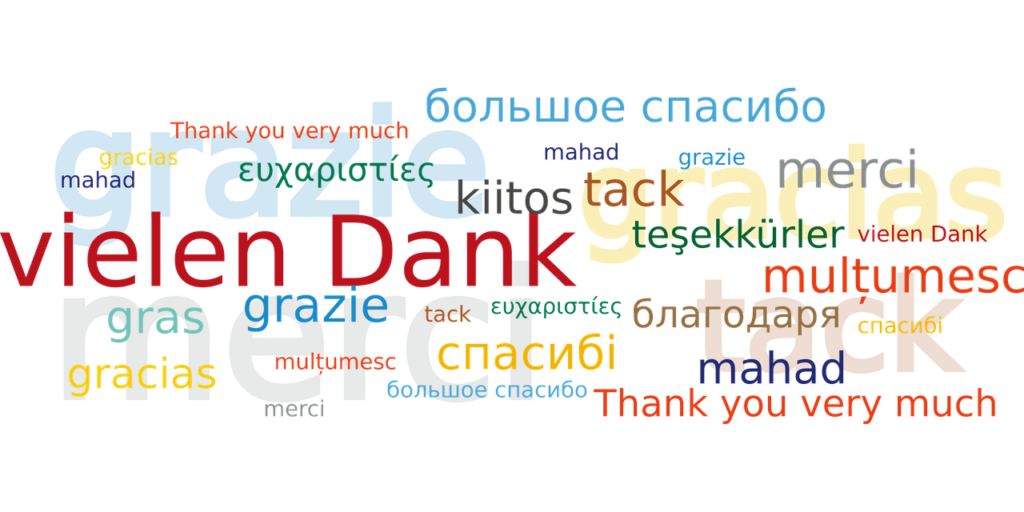In the fast-paced digital landscape of today, where attention spans resemble a fleeting breeze, snackable content has emerged as a strategic player. Snackable content is brief, interesting, and a breeze to read. It’s usually no more than a thousand words and can be consumed in a few minutes. Snackable content is more likely to be shared on social media. It can help you reach more people and get more eyes on your content, which can lead to more traffic to your website or blog. As the term suggests, snackable content is bite-sized information that caters to the quick consumption habits of the modern audience. In this article, we delve into the intricacies of snackable content, exploring its pros and cons in the context of micro-moments and short-form content.
Pros:
Instant Gratification:
Snackable content aligns seamlessly with the demand for instant gratification in the digital realm. Its concise nature ensures that users can quickly consume information without investing significant time, making it ideal for today’s on-the-go lifestyle.
Enhanced Engagement:
Micro-moments, those fleeting periods when users turn to their devices for a specific need, find an ideal companion in snackable content. These bite-sized pieces are tailored to captivate attention swiftly, fostering increased engagement compared to longer, more elaborate content.
Optimised for Mobile:
With the majority of online interactions occurring on mobile devices, snackable content is tailor-made for the small screen. Its succinct format is inherently mobile-friendly, ensuring a seamless user experience across various devices.
Shareability:
Short-form content is inherently shareable. Snackable content has the potential to go viral in an era where social media rules and information spreads at the speed of a click across numerous digital platforms.
Cons:
Surface-level information:
The brevity that makes snackable content appealing also limits the depth of information it can provide. While it is suitable for quick insights, it may fail to deliver comprehensive knowledge on complex subjects.
Risk of Oversimplification:
In the quest for simplicity, there is a risk of oversimplifying information. This can lead to a lack of nuance and context, potentially diluting the message and compromising the quality of the content.
SEO Challenges:
Despite their popularity, search engines may favour long-form content when determining relevance and authority. Snackable content might struggle to rank highly in search results, impacting its discoverability.
Short Attention Span Dependency:
Relying solely on snackable content may contribute to a short-term engagement strategy. Long-term relationships with the audience may require a mix of content types, including more in-depth pieces to cater to varying preferences.
Relevance in Today’s Landscape:
In the era of TikTok, Instagram Stories, and Twitter threads, snackable content reigns supreme. Its potency in capturing fleeting attention aligns with the dynamics of our interconnected world. To leverage its potential, content creators must strike a delicate balance, incorporating snackable content into a holistic strategy that includes longer-form pieces for sustained impact.
In conclusion, the world of digital content is evolving, and snackable content stands as both a herald of this evolution and a challenge to content creators. Embracing its pros while mitigating its cons is the key to crafting a content strategy that resonates with the modern audience, ensuring not just visibility but sustained relevance in the ever-evolving digital landscape.



